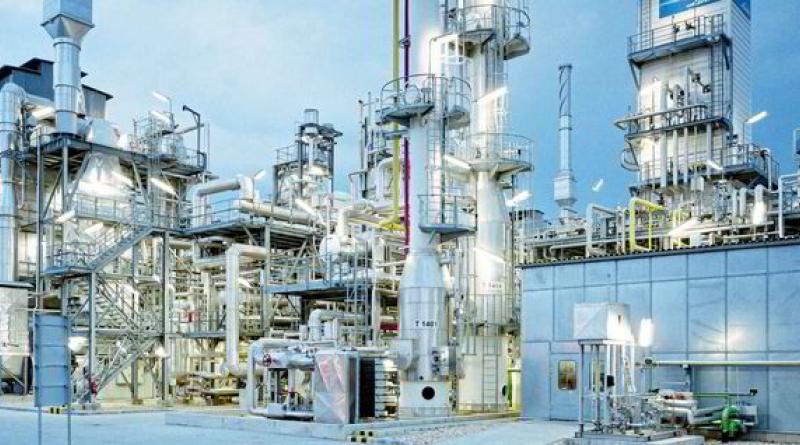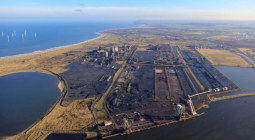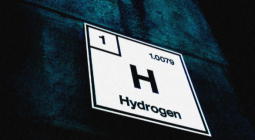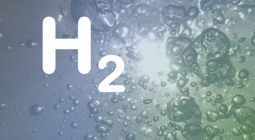Why multi-million-dollar blue hydrogen investments might quickly end up as stranded assets

There will be multiple downsides to producing ‘clean H2’ from natural gas with CCS, not least because green hydrogen is likely to soon be cheaper, says Irena report
Investments in blue hydrogen — derived from natural gas with carbon capture and storage — will be riskier than those in green H2 for multiple reasons, according to a new report by the International Renewable Energy Agency (Irena) — not least because renewable hydrogen may be cheaper in most key markets as soon as 2030.
“Blue hydrogen [produced from natural gas with carbon capture and storage] is sometimes portrayed as a safe bet, because it allows producer countries to monetise natural gas resources and pipelines that might otherwise become stranded,” Irena says in its 118-page study, Geopolitics of the Energy Transformation: The Hydrogen Factor.
“But the expected cost reduction in green hydrogen, coupled with stricter climate mitigation policies, means that investments in supply chains based on fossil fuels (blue or grey) — especially assets expected to be in operation for many years — may end up stranded.
“Irena expects green hydrogen to undercut blue hydrogen on costs by 2030. It may do so even sooner in some countries, such as China, thanks to its cheap electrolysers, and Brazil and India, thanks to their inexpensive renewables and relatively high gas prices.”
The report cites previous work by analyst BloombergNEF, which wrote last year that green hydrogen would be cheaper than blue in the key markets of China, India, Brazil, the US, Germany, France, Canada, Australia, the UK, Spain, Italy, the Netherlands and Canada by 2028 — and in Japan and South Korea by 2030.
And as Tom Baxter, one of the co-founders of the Hydrogen Science Coalition think-tank, recently stated: “Once you’ve invested in blue hydrogen, you are invested for 30 years.”
The Irena study says that blue hydrogen would account for about a third of all H2 by 2050 in its 1.5C scenario — with two thirds being green — yet at the same time suggests that blue H2's role would largely be in the short to medium term.
“If blue hydrogen meets strict emissions criteria, it could play an important role in scaling up hydrogen volumes in the short-to-medium term and drive the development of related infrastructure and technologies along the value chain,” it explains. “Moreover, blue hydrogen could offer additional flexibility in the hydrogen market. In the long run, however, green hydrogen is a zero-carbon solution and should therefore be the endgame.”
The report adds that blue hydrogen’s use of fossil fuels also exposes it to price fluctuations and market volatility — citing a November 2021 article by Recharge that showed high gas prices were already making green H2 theoretically cheaper than blue across Europe.
By contrast, the price of green hydrogen, would largely remain stable, with the largest component of its costs coming from renewable energy, which would likely be bought using long-term fixed-price power-purchase agreements.
And while green hydrogen can reduce countries’ dependency on imported fossil fuels, “blue hydrogen would follow the patterns of gas markets, resulting in import dependencies and market volatilities”.
“If natural gas is used as the feedstock to produce hydrogen, it may extend or even increase imports of natural gas,” the report says.
“Existing import dependencies could be maintained, or increased, through continued dependence on a commodity prone to geopolitical and market volatility.”
And it adds that blue hydrogen “does not support the goals of climate resilience or energy security”.
And, of perhaps more importance to would-be blue H2 developers is the geopolitical risk from upstream or midstream leakages of methane — a very potent greenhouse gas.
"Strong regulations around upstream methane leakages, for instance, could become a source of friction between blue hydrogen producers and importing regions looking for clean hydrogen. Carbon border adjustment mechanisms, such as the one proposed by the European Union, could cause international friction, as they may hurt trade-exposed, carbon-intensive industries in non-EU countries.”
Irena also points to other downsides of blue hydrogen:
- The danger that countries or gas producers could under-report methane emissions
- The high carbon capture rates promised by blue hydrogen proponents are yet to be demonstrated at scale
- The ongoing costs of CO2 transportation and storage, including monitoring of the stored CO2.
- Its production is more energy-intensive and requires more water than green H2, adding to overall energy demand
The report adds: “Clean hydrogen can be an important part of the deep decarbonization puzzle… but there are risks of carbon lock-in if hydrogen strategies prolong fossil-fuel demand and supply, and hinder energy efficiency and electrification.
“Concerning blue hydrogen, an agreed threshold for carbon capture and methane emissions will be necessary to ensure that blue hydrogen makes a meaningful contribution to decarbonisation.
“Transparency in how emissions are determined will be essential for the proper functioning of an international hydrogen market.”
It is worth pointing out that only four blue hydrogen projects are currently in operation worldwide, all with very low carbon capture rates, with the highest being the 43% at Shell’s Quest facility in Alberta, Canada, and the lowest being the 29% at ammonia producer Nutrien’s plant in the same province.
Forthcoming projects are promising capture rates of 95% or more, including Equinor’s H2H Saltend and Progressive Energy’s HyNet North West, but none have yet reached financial close.
Both these UK projects are part of regional industrial hydrogen hubs, where buyers of the hydrogen will be lined up in advance to eliminate risks, with final investment decisions expected next year.
By





